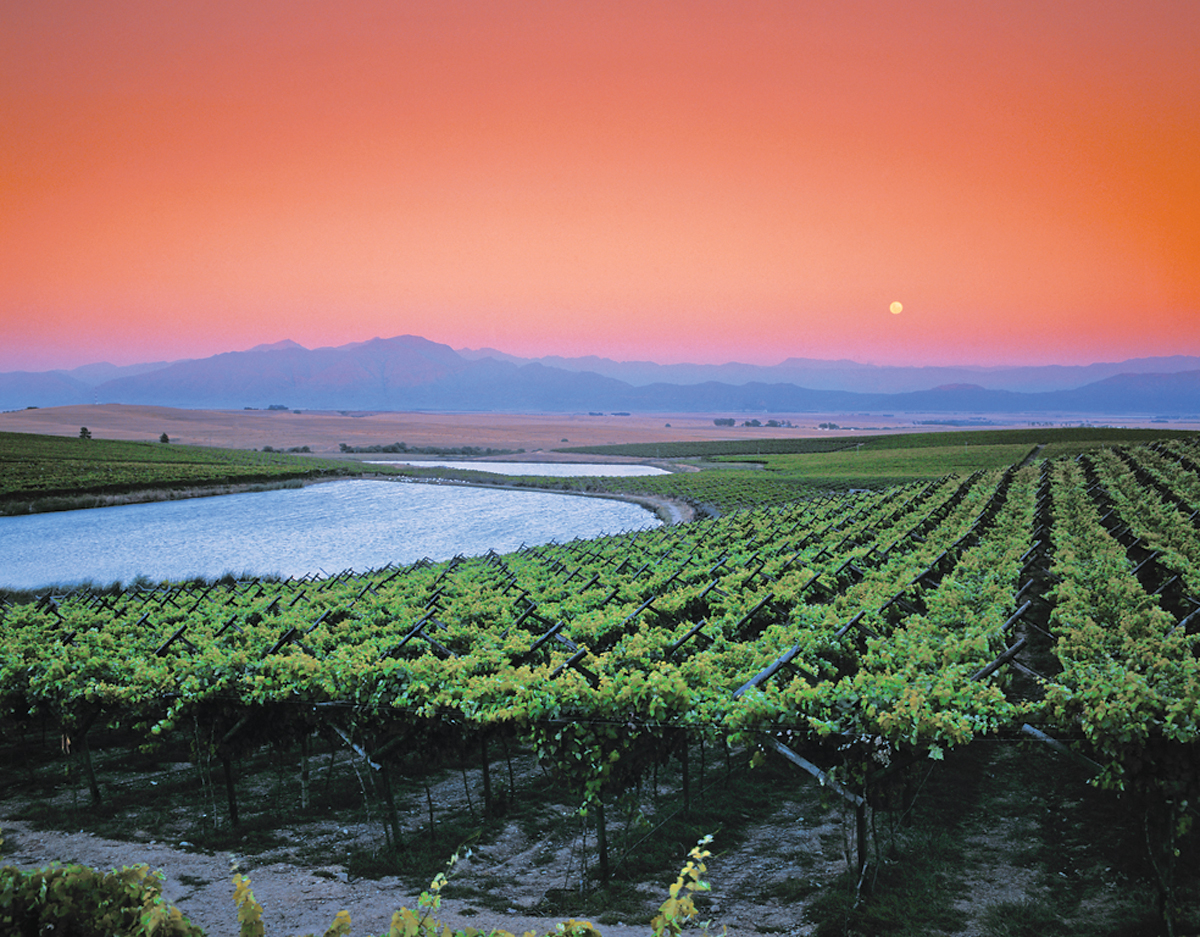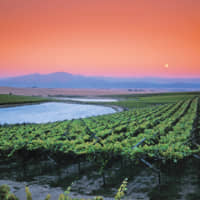There’s no place quite like the Cape winelands of South Africa. The region sprawls along the tip of the African continent, buffeted by the planet’s wildest ocean, the Atlantic. You’ll find historic estates embedded into the landscape, many of which have been family-owned for generations. Geographically, one could say South Africa slots into the “New World” of winemaking. But that’s not quite true. The “Old World” lives here too, in terms of both style and tradition. South Africa also has some of the world’s oldest soils, demonstrated by steep, folded mountains, like the pages of a well-thumbed novel. The national vineyard is made up of a wide variety of cultivars, and sub-regions are famous for certain wines, such as Stellenbosch for cabernet sauvignon, or chardonnay in the Hemel-en-Aarde Valley.
Though the country’s winemakers display considerable prowess with a number of varieties, the point of difference for an international taster is most certainly our chenin blanc and pinotage.
Chenin blanc
This is arguably the most exciting category in South African wine. It also makes up the majority of overall vineyard area, and in fact we have more plantings of chenin than any other region in the world. Dubbed the Cinderella grape, it’s only been in the last decade or so that chenin has enjoyed its fine wine resurgence. It was originally planted as a workhorse grape, mainly for the production of brandy, as well as being a blending component in bulk wine. It can be made in a diverse range of styles, from fresh and fruity, to waxy and floral, as well as rich and honeyed. The wines can be dry or sweet, as well as sparkling. Some of the most covetable chenins are produced in low yields from old bush vines offering deeply concentrated, complex wines that can age with cellaring.
Pinotage
Pinotage is South Africa’s very own cultivar. It was first planted in 1925 by professor Abraham Izak Perold, who crossed pinot noir and cinsault to create the new variety. It’s also a grape that can be vinified in a diverse number of styles. Classic pinotage offers flavors of black cherry, plum and black currant on a medium to full-bodied palate, complemented by oaking, while the “new wave” style of pinotage draws on the grape’s pinot noir heritage. These wines are medium- to light-bodied and offer floral wines with plenty of red fruits and a distinct minerality. The new wave producers also shy away from using new oak.
Malu Lambert is a freelance food and wine journalist. She won the title of Veritas Young Wine Writer in 2015 and is currently nominated in the Louis Roederer International Wine Writers’ Awards 2019.
https://twitter.com/malulambert




